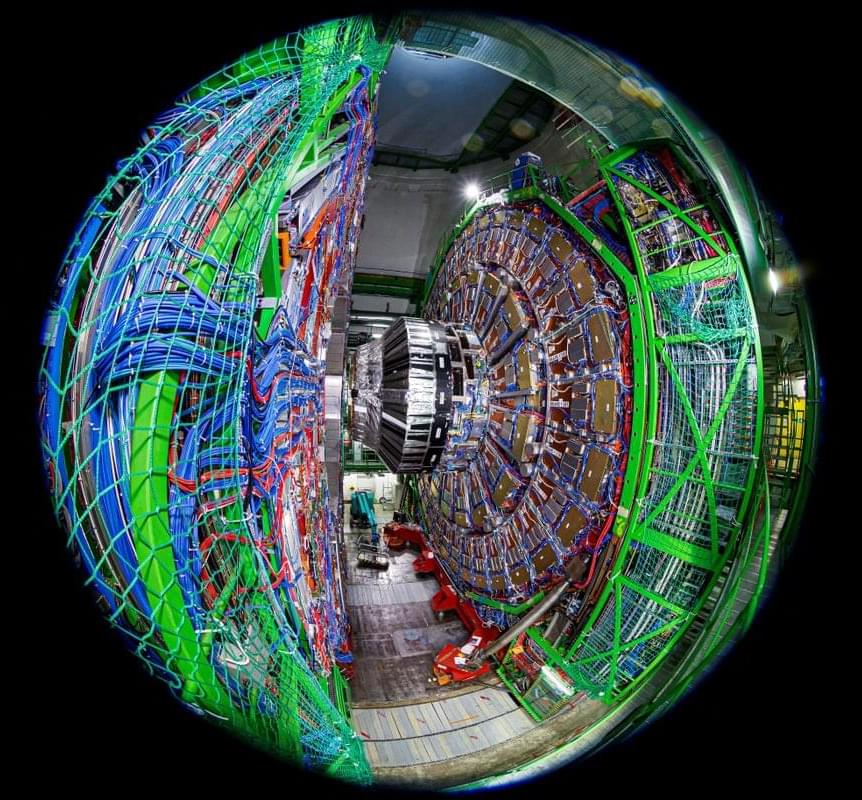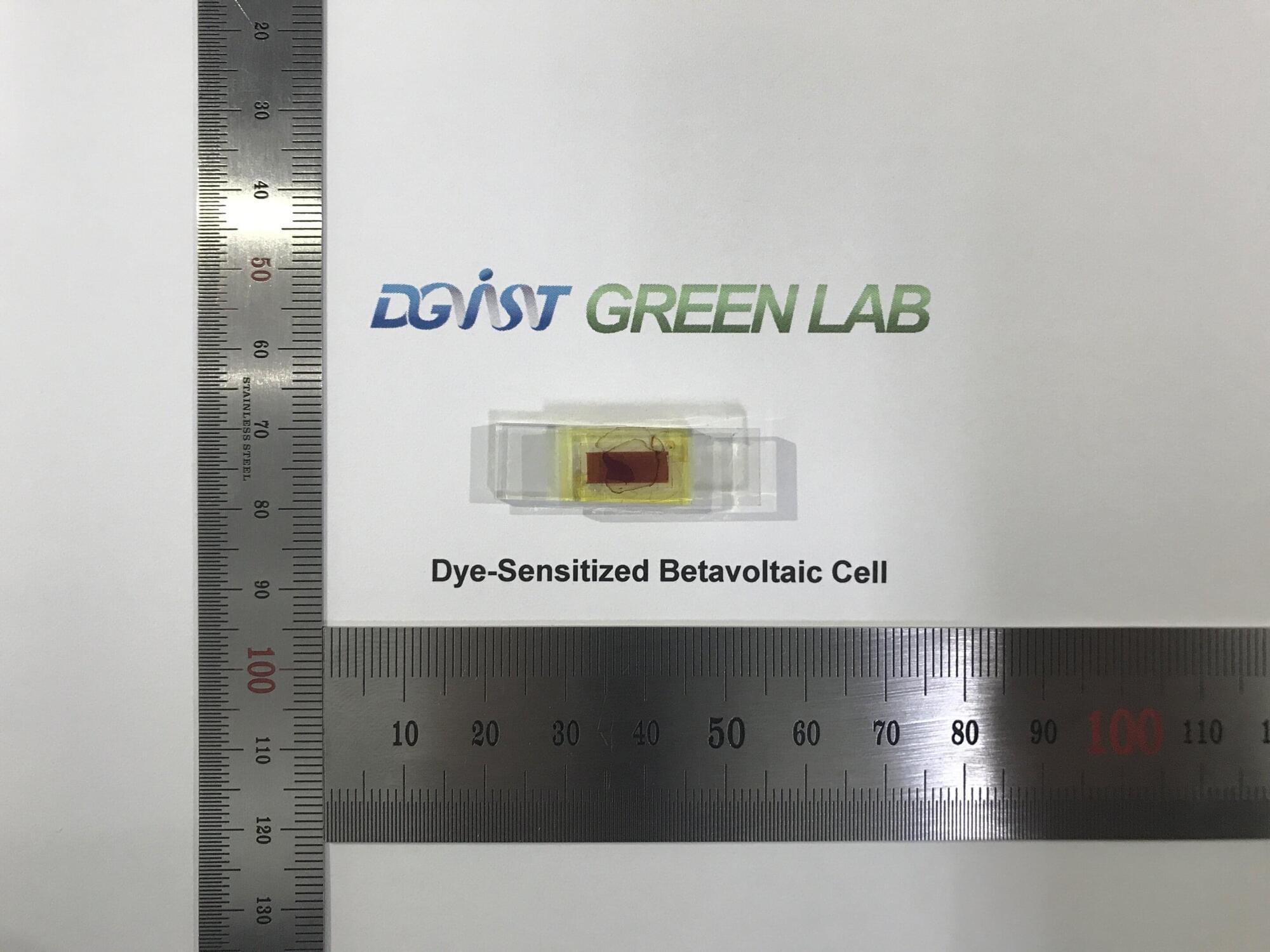Supersymmetry, long considered the golden child of theoretical physics, has officially lost its luster at the world’s reigning particle accelerator
Researchers say they are finally unraveling the effects of ultrafast lasers that can change material states in attoseconds —one-billionth of one-billionth of a second—the time required to complete one light wave’s optical cycle.
The new Israeli research opens up new avenues for scientists to observe light closely in laboratory settings. Under these conditions, a wave crosses a hydrogen atom in a single attosecond, compared to the time required for light to move from Earth to the Moon.
Beyond its immediate use, the development may drive future speed advancements in communications and computing by increasing researchers’ understanding of high-speed quantum light and matter interactions.
Sometimes cell phones die sooner than expected or electric vehicles don’t have enough charge to reach their destination. The rechargeable lithium-ion (Li-ion) batteries in these and other devices typically last hours or days between charging. However, with repeated use, batteries degrade and need to be recharged more frequently.
OpenAI’s Sam Altman described the release as a “new high-water mark for creative freedom”, emphasizing that users will be able to create a wide range of visuals.
There is a point where science and spirituality converge.
Share your videos with friends, family, and the world.
Artificial Intelligence is evolving rapidly, bringing us closer to the Singularity—a future where AI surpasses human intelligence. This shift could transform every aspect of life, from jobs to technology, creating both exciting possibilities and significant risks. As AI continues to advance at an unprecedented pace, understanding its impact on society is more crucial than ever.

The rapid evolution of AI and its connection to the looming Singularity, where machines may surpass human intelligence.
How AI could reshape industries, jobs, and even human life as we know it.
The potential risks of uncontrolled AI growth, including the rise of misinformation, biased outcomes, and the threat of AI-designed chemical weapons.
The need for a global governance framework to regulate and monitor AI advancements.
The ethical and philosophical questions surrounding AI’s role in society, including its impact on human consciousness and labor.

The rapid advancement of artificial intelligence and its potential to reach the Singularity sooner than expected.
How AI systems like neural networks and symbolic systems impact modern technology and the dangers they pose when left unchecked.
The role AI could play in jobs, governance, and the potential for global cooperation to ensure safe AI development.
Insight into real-world concerns such as disinformation, biased AI systems, and even the possibility of AI leading to catastrophic societal changes.

These developments highlight the critical need for responsible AI governance as the technology progresses toward potentially surpassing human intelligence. Understanding the rapid growth of AI and its implications helps us prepare for the future, where machines could fundamentally change society. Whether you’re interested in technology, philosophy, or the future of work, this content offers an in-depth look at the powerful impact AI will have on the world.
*DISCLAIMER*:
The content presented is for informational and entertainment purposes, offering insights into the future of AI based on current trends and technological research. The creators are not AI experts or legal professionals, and the information should not be taken as professional advice. Viewer discretion is advised due to the speculative nature of the topics discussed. The views expressed are those of the content creator and do not necessarily represent any affiliated individuals or organizations.
#ai.
They will build neuromorphic chips that using nanotechnology will combine neuronet and symbolic AI.
Provided to youtube by beggars group digital ltd.
Down in the Park (1998 Remaster) · Gary Numan · Tubeway Army.
Replicas.
℗ 1979 Beggars Banquet Records Ltd.
Main episode with Richard Dolan: https://youtu.be/OE_1oPMA52Y
As a listener of TOE you can get a special 20% off discount to The Economist and all it has to offer! Visit https://www.economist.com/toe.
Join My New Substack (Personal Writings): https://curtjaimungal.substack.com.
Listen on Spotify: https://tinyurl.com/SpotifyTOE
Become a YouTube Member (Early Access Videos):
https://www.youtube.com/channel/UCdWIQh9DGG6uhJk8eyIFl1w/join.
Support TOE on Patreon: https://patreon.com/curtjaimungal.
Molecular nanotechnology, life extension, AI, biostasis, and the real threats to the future
Learn more about the role of Tuberculosis in cancer and how a simple vaccine supports the immune system to fight it.









